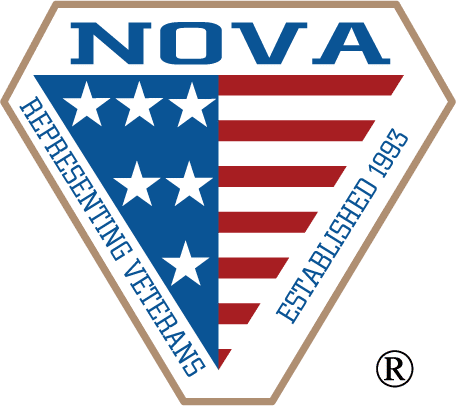The National Center for Veteran Analysis and Statistics tells us that in recent years first time applicants are being awarded higher disability ratings than ever before. Almost 25% of first time awards offer the veteran between 70% and 100% disability rating. Yet nearly 40% of first time applicants are only awarded a disability rating between 0% and 20%. That number leaves a lot of opportunity for an increased rating or supplemental benefits to aid in a veteran’s monthly income.
Does an increased rating mean I will receive more VA disability benefits?
Not necessarily. You would think that a higher rating would automatically mean a larger monthly VA disability check. But, that is not always the case; it could be that a small increase in rating has zero effect on your amount of benefits.
This is usually the case when you are already rated fairly highly (60% or more) and receive a small increase (say 10%). It is not as simple as 60% + 10% equals 70%. VA regulations require the use of combined ratings tables, which are complex formulas where one plus one is not always two.
An experienced veterans disability attorney can assess your particular situation to see if you are likely to see an increase in benefits with an increased rating.
If a higher rating does not mean I am automatically entitled to more money, is it even worth seeking an increased rating?
Knowing you may be facing a years long fight with the VA for an increased rating, and now knowing that a higher rating does not automatically mean more monthly VA disability income, you may be asking yourself why anyone would seek an increased rating. While every situation is different, a consultation with one of Perkins Studdard’s veterans disability attorneys may reveal that an extra 10% or 20% makes a significant financial difference for you each month. You may also be surprised that sometimes 1 + 1 = 3 when using “VA math.”
Let’s explore a few possibilities to see how a 10 or 20% increase in rating can affect your bottom line. The following chart shows disability compensation for a single veteran with no dependents both before and after an increased rating.
VA determines disability compensation benefit amounts by using the veteran’s disability rating and his or her family status. Because of this, income will vary based upon marital status and the number of dependents. The following chart shows benefits for a veteran with a spouse and one child.
As you can see from these charts , a small increase in disability rating can often substantially increase the amount of disability compensation payments. This is especially true when you increase your rating from 50% to 60% (or in other situations from 60% to 70%). This increase can make you eligible for “extraschedular rating”.
Extraschedular rating can bring TDIU (also known as total disability based on individual unemployability, individual unemployability, or IU) into play. If you are at these ratings levels and meet other qualifications, you may qualify for payment at the 100% level. So, that increase of 10% could really pay as much as another 40% increase.
How Could My Disability Rating Increase?
After an initial rating, subsequent exams may reveal further disability resulting in a higher rating. On the other hand, routine exams may reveal increased functionality resulting in a reduced rating. A veteran can also appeal a decision and request that VA reevaluate their initial rating. Alternatively, a veteran’s rating might stay the same but VA may award TDIU which results in payment of benefits as if the veterans were 100% disabled.
Questions
As you can probably see by now, increased ratings claims can become highly complex. The VA can use this to their advantage and your disadvantage.
If you have questions, I would be happy to review your case and see if I can help. The best way to do that is usually a free veterans disability benefits consultation.
Just take a look at this article to find out more about how a consultation works. If you would to set up a free consultation, just call our office at (770) 214-8885 or complete and submit this short consultation request form.










